Step 6

This is a chapter from the pioneering book: The Alternative Twelve Steps: A Secular Guide to Recovery. It was written by two women, Martha Cleveland and Arlys G., and originally published in 1991. As valuable today as it was then, a second edition of this exceptional work was published by AA Agnostica.
Be entirely ready to acknowledge our abiding strength and release our personal shortcomings.
Principle: Willingness to change
Time and time again we’ve asked ourselves, “What’s the matter with me? Don’t I want to change? Don’t I want to feel better?” And the answer is always the same: “Of course I do, of course I want my life to be better!” But someone standing on the outside watching our struggle would comment, “No you don’t. You don’t really want to change or else you would.” In our heart of hearts we know this is true. We want to make our lives different but we don’t know how – and we don’t know what gets in our way.
Why We Don’t Get Ready
Basically, we resist change because it’s harder to change than to stay the same, even when staying the same hurts. There are powerful threats to becoming ready to give up the old ways and search out the new.
First, there is the fear of losing predictability and security – the fear of the unknown. It’s a psychological truth that most people will stay in a bad place rather than change. They say, “At least I know where I am and what’s going to happen.” Even badly abused children will usually want to stay in an unsafe home, rather than move to a foster situation that’s safe but unfamiliar. Whether we’re adults or children, we’re just too afraid to live with uncertainty or chart new territory.
A second threat to becoming “entirely ready” is our fear of facing what we have done, who we have been, who we are. To say, “I have hurt my daughter by controlling her, by not respecting her, by not letting her know how much I love her” is a very frightening thing. To let ourselves truly know our shortcomings and to experience the pain that goes with knowing them are always hard. But we have to acknowledge our past behaviors and ways of thinking and feeling if we are going to become entirely ready to release them.
Third, there is the fear that, if we do change, we won’t know what to do with the person we become. What if we don’t like him or her? What if we have to give up things we think are important? What if we do like what we find and then can’t carry through over the long haul? We’re afraid of giving up what we have without being sure of what we’re getting. We’re afraid of being stranded between the old and the new. Before we’re willing to change, we want a guarantee that things will work out the way we want them to and that if they don’t, we can go back to the old way.
And finally, there is the threat of the emptiness we are afraid of feeling if we release some of our pervasive shortcomings. We don’t know what we can put in their place.
“I get a lot of energy from my anger. Where will my energy come from if I’m not mad at something?” “Sometimes I think I get bored when things go smoothly. I need a little chaos in my life.” “What will happen to me if I don’t keep busy all the time?” Anger, chaos and busywork are some of the negative feelings and actions that fill us up. We’re afraid to let them go because we’re afraid we can’t fill the space they leave. This emptiness is something people don’t often talk about or think about, but it is one of the major threats to becoming entirely ready.
How Do We Know When We’re Ready?
A lot of books and experts tell us we have to “hit bottom” before we become truly ready to change our lives. Bottoming out is brought about by physical, mental or social suffering – or any combination thereof. And it’s unique to each one of us. Hitting bottom doesn’t always look like chaos. One person’s life may look like a total mess and yet that person may be functioning very well. Another’s may look in perfect order and the person may be suffering terribly. We can almost never tell when someone else hits bottom. But when we’re there, our inner self knows it. That’s when we reach out for help.
Not A Conscious Decision
Being entirely ready is not just a conscious mental decision. If we try to make our lives change by altering the thinking of our rational mind alone, it won’t work. It won’t work because becoming entirely ready has to happen in our subconscious thought, too. We must let go of our subconscious need to maintain a particular shortcoming or reject the idea of a particular strength. Being entirely ready happens only when our subconscious mind and our conscious mind get together and make the move.
• • •
John quit smoking a dozen times. He read about the harm smoking caused, he went to a support group, he lectured himself, he did everything he knew how to do. Still he relapsed. Then one more time he threw away his cigarettes. He didn’t smoke again.
Maria shopped. She didn’t have the money to pay for what she bought, but she kept shopping anyway. She had terrible fights with her husband over her debts and then went shopping. She saw a therapist and cut up her credit cards. This helped a lot, and she began to do more constructive things than shop. One day she realized she didn’t have any bills and didn’t even want to buy anything.
Ruth never thought of herself as an artist. She said she was “a housewife, and sometimes I do a little sculpture.” She discounted compliments on her work and shrank from praise. Her teacher encouraged her to have a showing; her friends encouraged her to sell through a gallery. Ruth practiced saying to herself, “I am an artist.” She practiced saying “thank you” when someone said her work was lovely. One day she took a deep breath, called the gallery and asked to display her favorite piece.
• • •
We will become ready when we are willing, accepting, open and calm. Somehow we know when “this is it,” but we can’t say why “it” happens. When we talk about being entirely ready, we’re talking about a very mysterious process.
First of all, we do have to make an effort and we do have to be persistent in our commitment to changing behavior. There are many tools to help us. Some people join 12-Step groups. Listening to others and getting support is wonderful. Reading 12-Step literature offers insights. Keeping a journal can help. A knowledgeable therapist can help, too.
Its useful to go on spiritual retreats or to the woods, mountains, desert, ocean, our own backyard, wherever we feel in touch with the universal. We try to acquire good habits and practice them. We learn to quiet emotional self-abuse, to be firm but loving with ourselves. We continue to exercise our minds and learn.
We have to do what we can do to prepare, and then we have to let our subconscious and our spiritual strength take over. We have to let go. There are probably some people who can consciously “tough it out” and behave differently without subconsciously okaying the change. But they are like fish swimming upstream. Some of them make it, but the current is a problem all the way.
Conscious effort is only the first part of the solution, and by itself it won’t change anything for long. Becoming ready is a two-level process. One is conscious effort, the second is yielding to the subconscious mystery. We do what we can consciously do, and at the same time we also think about yielding and being open to our own spiritual resources. We trust there is a deep mysterious process that finally allows us to change.
We Acknowledge Our Strength
At some level, conscious or unconscious, as we become entirely ready, we acknowledge that we have the strength to change. We’ve always said, “Oh, no! That’s wrong! I’m not strong at all. I feel so weak and unsure.” But the reality is that we are strong enough and secure enough to become willing to commit ourselves to turning our lives around. Otherwise we wouldn’t do it. Whether or not we think so, the simple act of reaching for help comes from our strength. And not just from our strength, from our abiding strength.
Abiding strength is strength that lives in us and is abiding or continuous. Abiding strength is the basis of our natural, healthy spirit. It is beyond our conscious control and is always there to depend on. If we let it, our abiding strength will feed and energize our self-confidence and self-acceptance. Then our self-confidence and self-acceptance pour energy back into our abiding strength. This can become a wonderful continuous cycle that lasts a lifetime.
Having abiding strength shows in many ways. A couple is strong when they sacrifice for their children’s education. A working mother is strong when she goes home in the evening to care for her three children. A woman who remains calm and in control during her husband’s cancer surgery is strong. So is a man who cries at his sons wedding. We see abiding strength when a person reaches inside, touches his or her self and does what that self suggests. In other words, abiding strength shows in personal integrity. And acknowledging this strength is one of the most healing things we can do.
We Release Our Personal Shortcomings
Our shortcomings are our thoughts, feelings and behaviors that hold us short of our full potential. They hold us short of our goal of a serene, peaceful, fulfilling life. They aren’t bad, they aren’t good – they simply exist as impediments to our growth. They hinder us. They need to be released and replaced with more useful ways of thinking, feeling and acting.
Most of us assume that releasing our shortcomings is the basic focus of Step 6. We examine our exact nature to find them, we mentally dissect them in a hundred ways and we try and try to get rid of them.
Because our lives need changing, it’s natural to look to our shortcomings first and to try to get them out of our nature and out of our lives. But if shortcomings are the point from which we attack the Sixth Step, it isn’t going to work. Of course we have to find our shortcomings. We have to recognize them and acknowledge that we need to release them. Then we need to put them on the back burner and get on with the real work of the Step.
The real work of Step 6 is to focus on our strength, examine what is in the way of getting ready and allow the mystery of our spirit to help. It isn’t how much effort we put into releasing our shortcomings that makes this Step work, it’s our willingness to live without them. We are entirely ready when we stop using shortcomings to quiet fear and anxiety, and instead we use our strength to accept our fright and to reach for spiritual help.
When we get into a situation where our shortcomings threaten to take control, we can say to ourselves, “Okay, how would a strong, comfortable person handle this?” Then we need to give ourselves time and room to be quiet and to listen. Not always, but most of the time, we will get some message or sign that tells us what to do. We may think the message is a great idea, we may not like what we hear or we may be afraid we can’t do what the message tells us to do. Whatever our response is, we are ready for Step 7. Scientists tell us that energy is constant. It cannot be created or destroyed, only transformed. To be entirely ready is to take our energy and stand at the threshold of transformation.
Be entirely ready to acknowledge our abiding strength and release our personal shortcomings.
Today I will feel my abiding strength. I will focus on one of my shortcomings and consider the possibility of living without it.
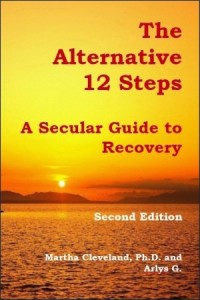
The Alternative 12 Steps: A Secular Guide to Recovery is available as a second edition at Amazon.
It is also available via Amazon in Canada and the United Kingdom and Europe.
EBook versions of The Alternative 12 Steps are available online in all formats.
Chapters of the book have been posted on AA Agnostica and can be accessed here:
- The Alternative 12 Steps: A Secular Guide to Recovery
- Second Edition
- A Program for Living
- Step 1
- Step 2
- Step 3
- Step 4
- Step 5
- Step 6
- Step 7
- Steps 8 and 9
- Step 10
- Step 11
- Step 12 and How to Work a Program


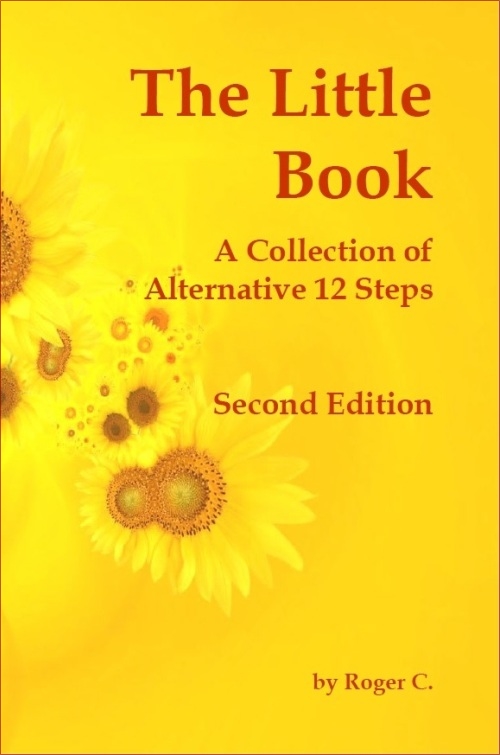

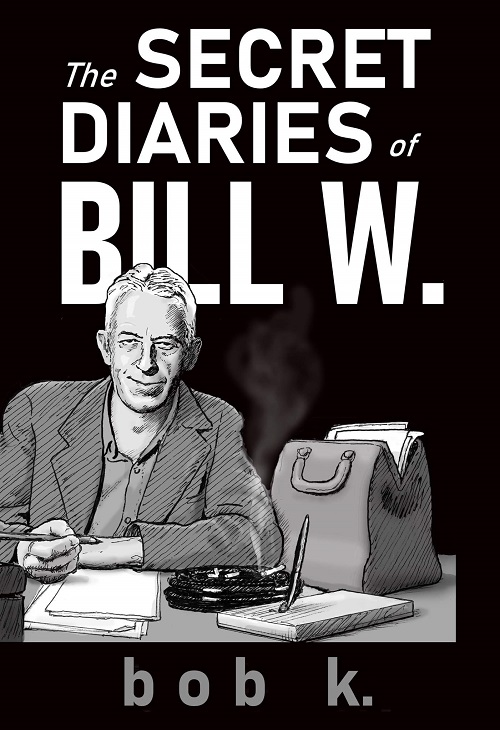



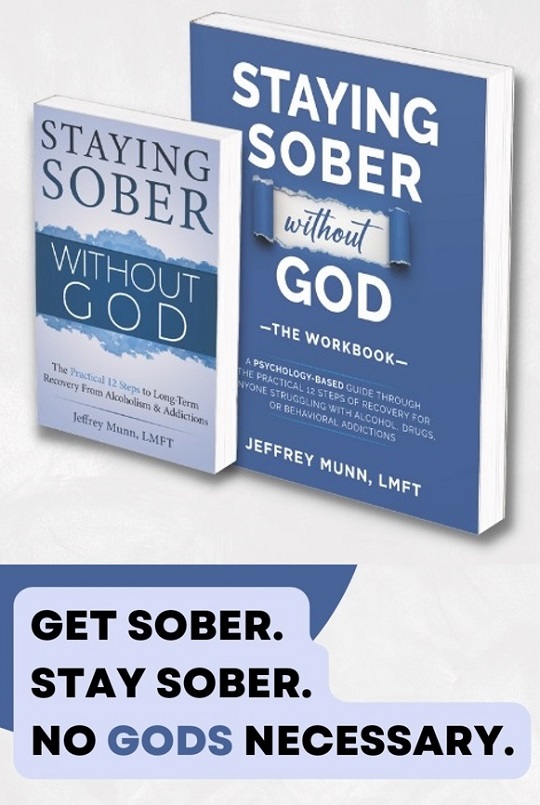
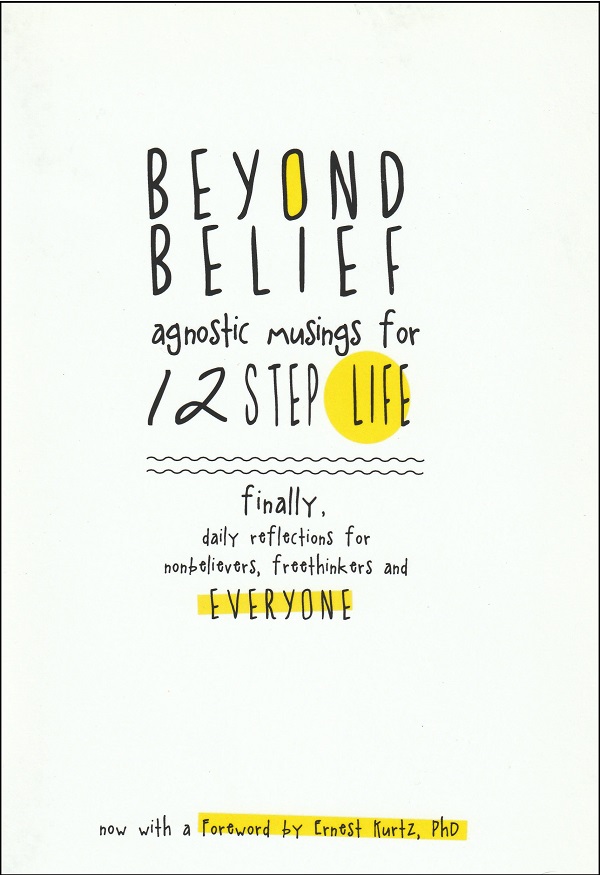

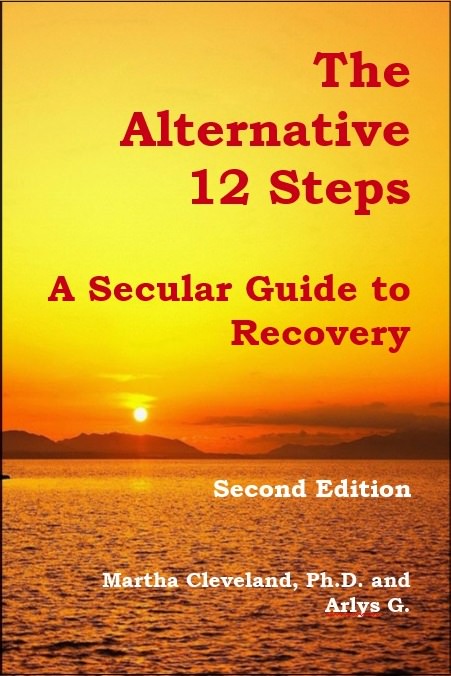




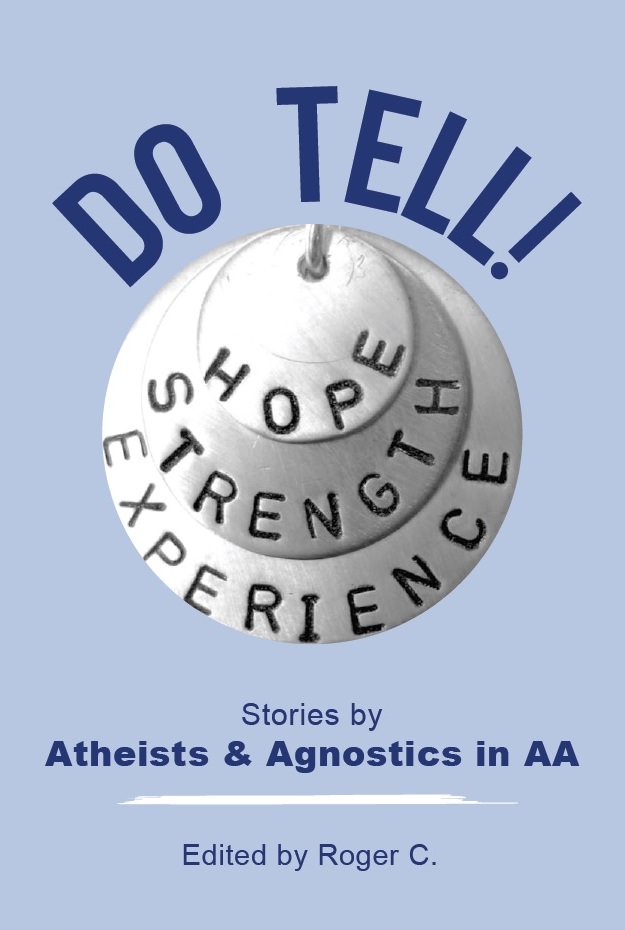




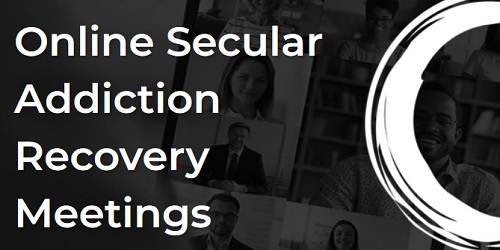



I like this. This is addressed more to the person scared of fully living rather than to the Type A personality compulsively living too fast.
There isn’t enough of this in the BB.
Excellent. Interestingly enough this was posted 2 hours before me going over Step 6 with a sponsee for the first time, and it very much echoes the way we approach this step in my sponsorship family of heathens, lol. I mostly like what the 12 and 12 has to say about step 6 and this is an awesome addition for my program.
Need to check this book out.
Thank you.